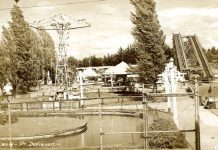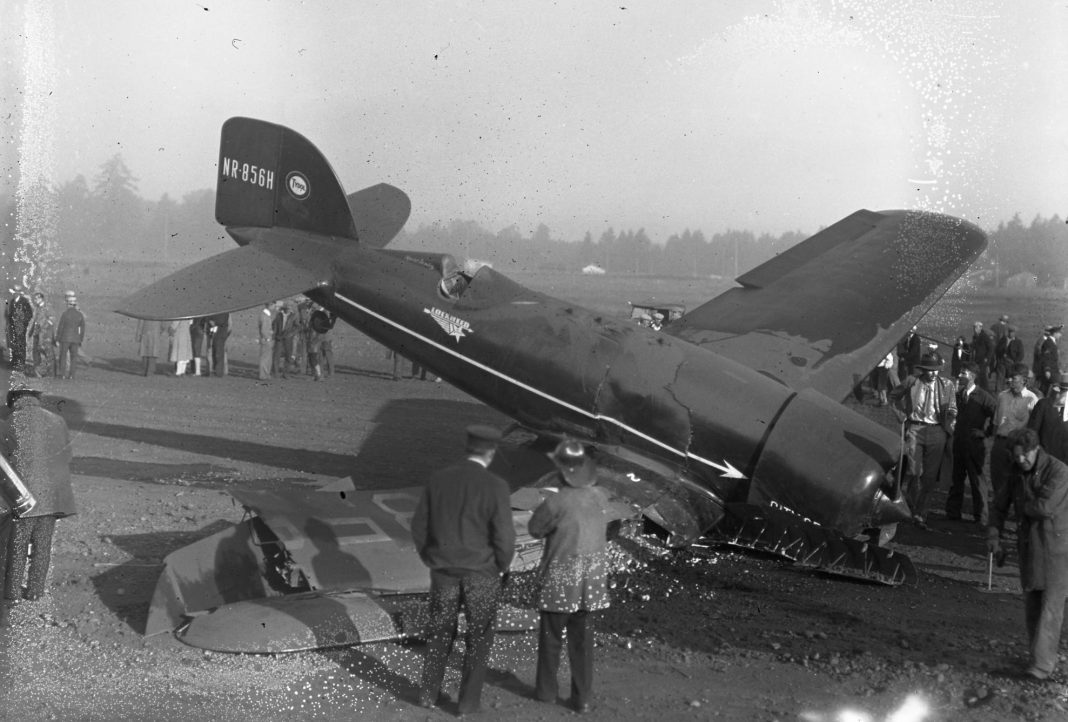Plane crashes of any kind make their way around the news cycle because, well, they are relatively rare. Air travel is still one of the safest ways to go from point A to point B, after all.
That said, Washington ranks seventh among the 50 states in plane accidents, although most involved private, personal aircraft that suffer rough landings or fail to leave the runway while attempting a takeoff, according to a News Tribune analysis of National Transportation Safety Board data. Anyone interested in going down the rabbit hole of data and accident reports should go to Aviation Safety Network’s index of accidents since it is the largest database of readily available information. Other information can be sorted by state elsewhere on the internet.
Locally, the most well-known plane crash in recent history is the 2018 accident, when an Alaska Airlines ground crew member snuck onto an empty commercial airplane at SeaTac International Airport and managed to take flight. He flew it around the skies of Puget Sound for about an hour before crashing on Ketron Island, all while news of the flight was streaming live on media channels.
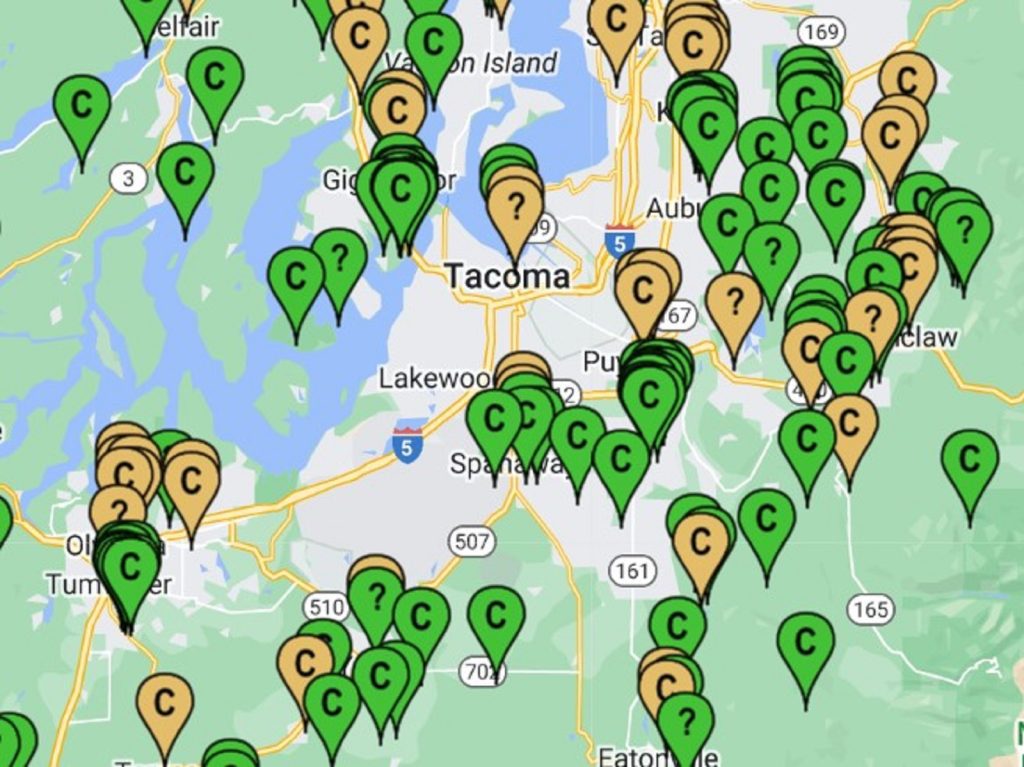
Most of the plane crashes in Pierce County are less dramatic. They are relatively straightforward and minor, all things considered, when it comes to terms like “plane” and “accidents,” that is.
Here are a few examples that illustrate that point.
A Champion 7FC plane crashed in the Spanaway area of unincorporated Pierce County around noon on August 24, 1994, shortly after the pilot left Shady Acres Airport for a solo trip over Puget Sound only to climb to about 500 feet when witnesses said the plane turned left and started dropping to the ground. The plane’s left wing then clipped the ground, causing the craft to crash in a residential area. The veteran pilot died of multiple injuries, and it was later determined he had also likely suffered a heart attack while in flight.
With all that space in the skies, it might seem odd that two planes can collide, but it does happen. One such accident occurred in the skies and then in the water of Commencement Bay at around noon on November 20, 2007. Investigators later concluded that the pilots of an American Champion Aircraft 7GCBC and a Cessna 182A collided mid-air about six miles north of Tacoma Narrows Airport. The two planes flew at about 1,500 and clipped each other because both aircraft had blind spots that obstructed their views of the skies around them. The Cessna pilot was able to continue his flight and land safely at Thun Field. The Champion pilot and his passenger were not as lucky. Their plane had to force land in Commencement Bay, escaping the airplane before it sank. A passing boat rescued them without significant injuries. The plane reportedly still rests at a depth of 461 feet in the waters of Commencement Bay. The NTSB report faulted both pilots for not adequately scanning the skies flight.
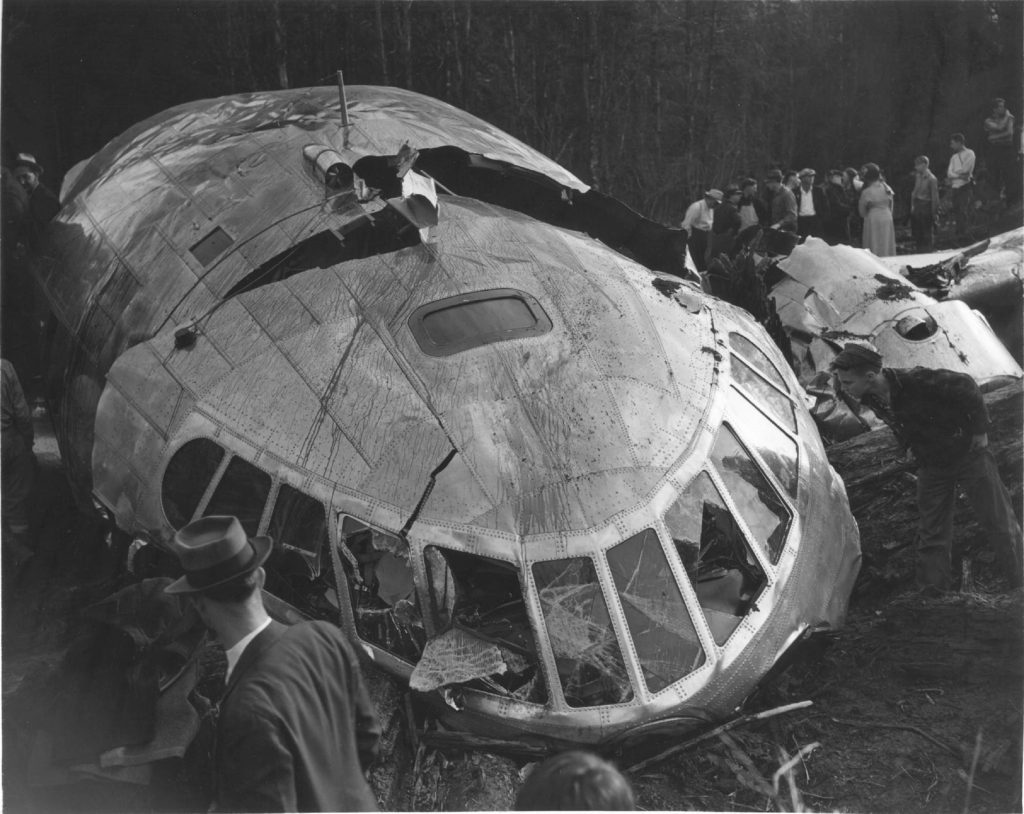
It would make sense that with Joint Base Lewis McChord having two airfields, McChord and Gray Fields, that run missions around the clock, flights to and from would occasionally go wrong. Those times are actually extremely rare.
One of the first military crashes in the area came as Puget Sound was abuzz with the looming preparations for World War II. A Boeing S-307 Stratoliner had left Boeing Field to test its state-of-the-art design on March 18, 1939, when the proof-of-concept aircraft’s engine stalled. The plane spun out of control and crashed near the town of Alder, 40 miles southeast of Tacoma. The crash killed all ten crewmembers, despite medical crews arriving at the debris field within minutes.
The most significant military-related plane crash in history occurred on November 28, 1952, when an Air Force Douglas C-54G Skymaster crashed in South Tacoma while attempting to land in thick fog at McChord Air Force Base, now called McChord Field. The flight was carrying 39 people and was coming in from Fairbanks, Alaska. The weather was so bad during the final moments of the landing that the pilot opted to abort the landing and instead try to fly to Malmstrom Air Force Base in Great Falls, Montana. But the Skymaster was already too low. The plane hit fir trees and crashed around the Wards Lake area of Lakewood.
Only two passengers survived, Airman Second Class Curtis Redd and Joseph Iacovitti, an 8-year-old boy traveling with his family. The boy lost all five family members, including his father, mother and siblings. Three other whole families onboard died. The crash could have been much worse since the plane narrowly missed the 35-unit Edgewood Park apartments.
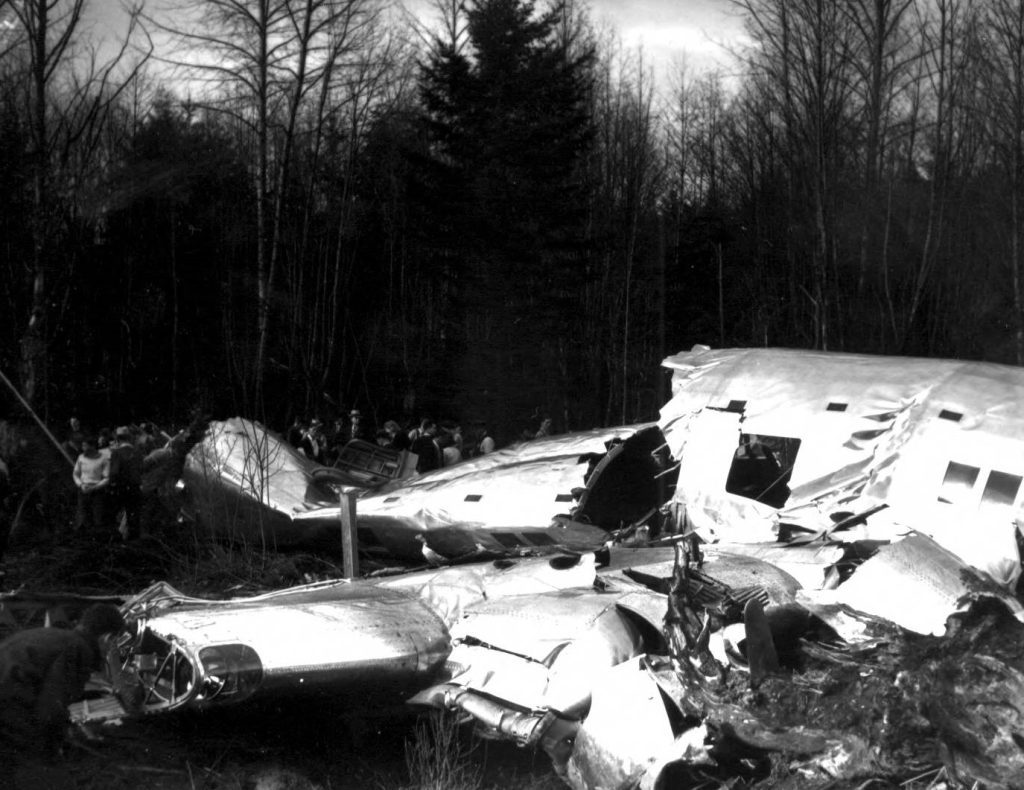
Another significant military-related accident occurred on May 24, 1961, when an Air Force C-124A Globemaster II suddenly lost power shortly after takeoff around 2:30 a.m. and crashed in a forested area two miles south of the McChord runway. The crash killed 18 of the 22 service members aboard. The four remaining survivors were seriously injured, including Master Sergeant Llewellyn M. Chilson, one of the most decorated soldiers of World War II, according to HistoryLink.org.
The flight was heading to Oklahoma after a dozen passengers had participated in military training exercises at Yakima Firing Center. Later investigation found a ruptured fuel line caused the plane to lose power during one of the most critical flight times, at takeoff. The fuel-starved engine then failed to power the climb, causing the crash.
One of the most harrowing stories doesn’t even involve a crash but an avoided impact. The story involved an Army paratrooper, Sergeant John M. Horan, who was on a short flight on board an Air Force Beech C-45 Expediter from Larson Air Force Base, Moses Lake, to Everett’s Paine Air Force Base on December 18, 1955. The flight was relatively normal until the pilot hit a snowstorm and lost control of the plane. He ordered everyone to bail out. Horan was the first to jump from the plane as the other passengers and crew stacked up behind him.
The pilot then regained control of the aircraft and called off further jumps. The plane then returned to Moses Lake. Horan, however, went on to survive four days in the snow-stormed wilderness of the Cascade Mountain Range, only wearing his dress uniform and an overcoat. He hiked some 12 miles over four days to safety, arriving just in time for Christmas.
Horan’s story ultimately had a happy outcome. Still, another crash in the mountains less than ten years earlier had a much more tragic ending that service members are still memorializing to this day. A half dozen Curtis Commando R5C transport planes with 200 Marines aboard left San Diego for a flight to Seattle on December 10, 1946. The weather turned bad. Four diverted to Portland, and one landed in Seattle as expected.
The last plane, with 32 Marines on board, crashed on the South Tacoma Glacier of Mount Rainier after being blown off course. The weather was so bad that rescue planes were grounded for a week. Land-based rescuers couldn’t find any wreckage or signs of the aircraft. The crash site wasn’t found for another six months when a park ranger spotted the wreckage. Search parties found the bodies, but removing them was deemed too dangerous. The remains still rest on the mountain. The crash was the worst plane accident in America that year and is still the worst in Mount Rainier’s history. The crash made the news as recently as 2021 through a twist of fate.
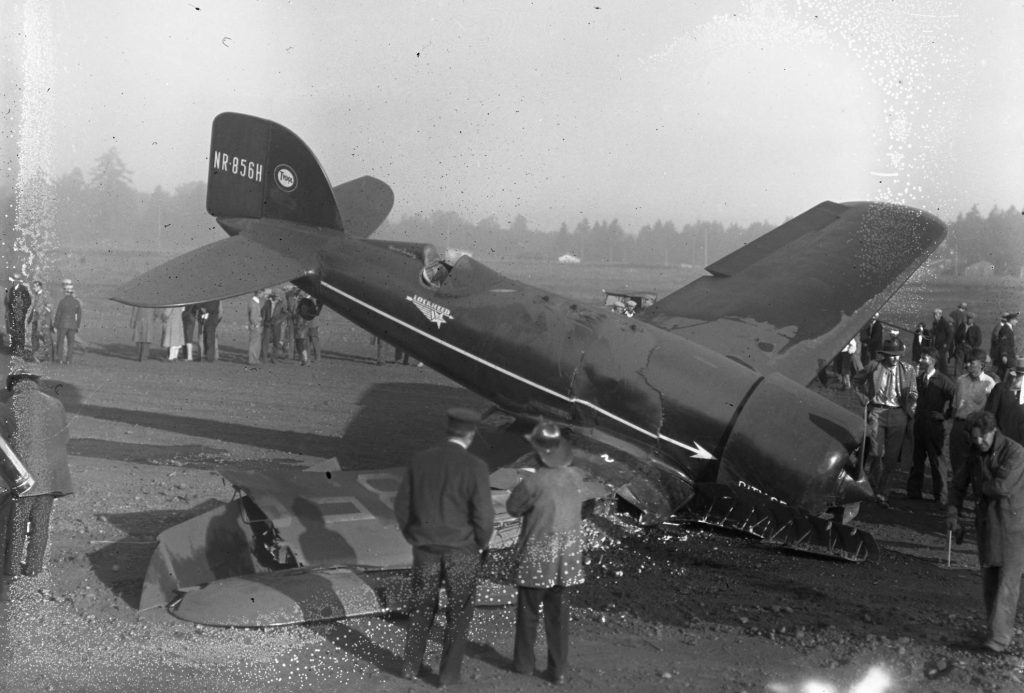
Arguably the most talked about plane crash in history, at least among historians, is that of Harold Bromley’s ill-fated flight in 1929. It is less a story of death and destruction and more of what could have been. See, there was a $25,000 prize to anyone who could be the first person to fly nonstop from Tacoma to Tokyo. Bromley, a Canadian Royal Air Force pilot, took up the challenge and set out aboard his Lockheed Vega, the same Amelia Earhart would use during her doomed attempt to fly around the world three years later.
Bromley, however, would never leave Tacoma Field. The plane, named the “City of Tacoma,” was carrying too much fuel. Gas washed over Bromley’s windshield as the aircraft gained speed. Blind by the spray of gas, he leaned out of the window to see the runway, which sent gas into his eyes. He aborted his flight when the plane swerved off the runway as some 70,000 spectators watched in disappointment. He was not hurt, but the flight was canceled.

So remember, the next time you hear about a plane crash, there are small airports all over Puget Sound, and there used to be a lot more. Planes are safer than cars, but accidents happen even here in Pierce County.
























